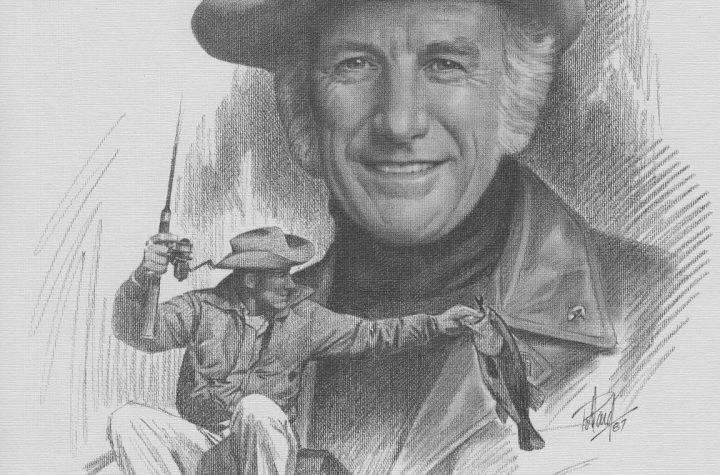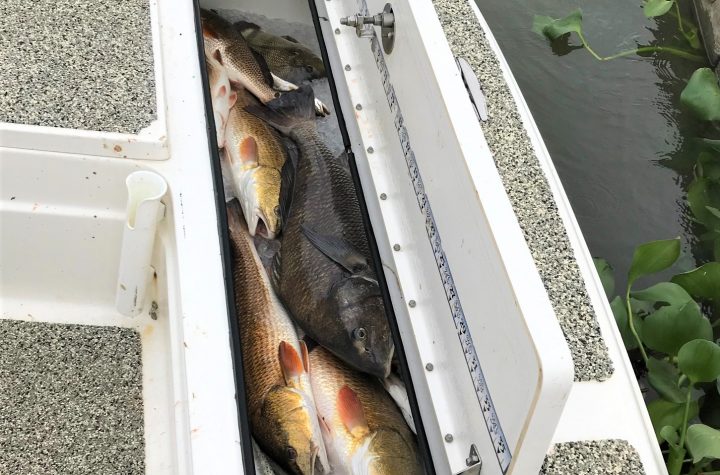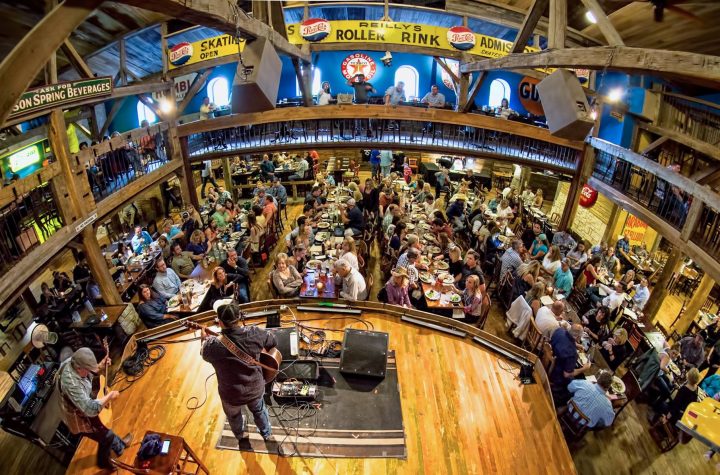
After the two infamous hurricanes we’ve had a couple of years ago, a lot of attention has been brought to our plight concerning coastal erosion. Everyone has some ideas, including myself, about some solutions that might work. But mostly political red tape of some sort takes way too much time to get anything done. But every now and then a little sun shines through the clouds and sheds some light in the darkness.
So it was last weekend when Goosie and I headed to Lafitte to participate in a volunteer effort for a coastal erosion project. The group we were working with was the Barataria- Terrebonne Natural Estuary Program or BTNEP for short. Mel Landry heads the volunteer efforts for this really neat group.
The Barataria-Terrebonne estuary system contains some of the most diverse and fertile habitats in the world. However, no other place on Earth is disappearing as quickly as the Barataria-Terrebonne estuarine system.
The Barataria and Terrebonne basins span over 4.1 million acres; the system is flanked by the Mississippi River on the east and the Atchafalaya basin on the west. It extends from the towns of Morganza in the north to Grand Isle in the south.
An estuary is a semi-enclosed coastal body of water with one or more rivers or streams flowing into it, and with a free connection to the open sea or in our case, the Gulf of Mexico. Estuaries are often associated with high rates of biological productivity.
Ascension Parish is in that estuary system, as the Amite River basin makes its way to the gulf via Lakes Maurepas & Ponchatrain, the Rigolets and then the gulf. But this trip puts us southeast of Boutte and the excursion left out of C & M marina at the end of the Cajun community of Lafitte.
This project has been in the works for several years, even before the hurricanes. Like I said a little earlier sometimes the wheels of government move painfully slow but it got rolling a few months ago. Clay had to be found at depths that could easily be accessed with a track-hoe that was equipped with tracks that were about 8 feet wide to travel in the marsh.
Soil samples were taken on the Owen family land and clay was found about 3 feet deep and the track-hoe went to work. The plan is to construct terraces that are 14’ wide and about 3 to 4 feet tall. They are shaped like a wide Vee about 600 feet long so no matter which way the wind blows; one or two sides are protected. This diminishes the wind action that stops further erosion and allows the water to settle and become much clearer. The clear water allows for natural vegetation like coontail grass and duck potatoes to begin growing, further helping the eco-system.
The terraces were completed and our job was to plant oyster grass at the water’s edge. This natural grass is really prolific and will be the foundation of all the vegetation that will eventually cover each terrace and hold it together.
Here’s how it went. Mud boats carried the bundles of grass to the terraces and laid them out for us. Then our guides delivered us to the new land to begin the process of planting. We got our instructions from a biologist; plant them as close to the water’s edge as you can, about 3 feet apart in bundles from 3 to 5 stalks. The roots need water on them to survive, so they won’t grow very far up the terrace. But they will serve as a great foundation for what’s coming later.
There were about 25 volunteers from a lot more places than you would have imagined. Some were from Louisiana; Prairieville, Baton Rouge, New Orleans and as far away as Lake Charles. Hey, but there were some from Arizona, Idaho and even the Caribbean. This was a really neat experience, working with people from all over with one outcome in mind; plant these terraces!
Well, we did it! We planted all the terraces that were ready, until we ran out of plants. After getting muddy, tired, thirsty and a few blisters, over 11,000 plugs were planted on about 15 terraces. This is one experience me and everybody that participated will never forget. Log on to www.btnep.org to find other volunteer efforts you can participate in and see photos of the planting efforts on the volunteer page.
And the icing on the cake; an invitation from Jim Owens and his family to come back this winter and hunt some of the ducks this new habitat will attract. You can see this great volunteer effort on Ascension Outdoors, seen exclusively on Eatel channel 4 in an upcoming episode very soon. So until next time, have fun in the outdoors, be safe and may God truly bless you!!





More Stories